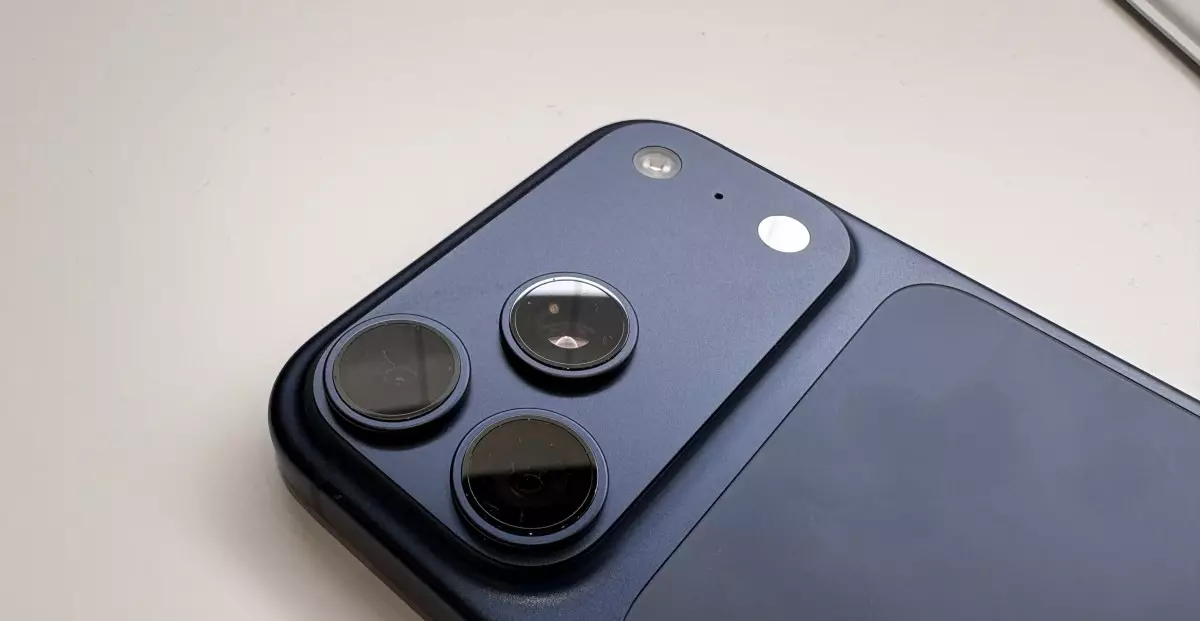In an era where digital threats grow increasingly sophisticated, traditional security measures often fall short against relentless spyware and exploit development. The recent announcement from Apple about the introduction of Memory Integrity Enforcement (MIE) signals a bold step forward in safeguarding personal data and device integrity. Unlike superficial hardware changes, MIE targets core vulnerabilities at the memory level, creating a formidable barrier against even the most advanced malicious actors. This initiative underscores a fundamental shift: security is no longer an optional add-on but a foundational aspect of modern device architecture.
What makes Apple’s move remarkable is its comprehensive approach to memory safety. By integrating MIE across the iPhone 17 lineup and the new iPhone Air, Apple is elevating its operating system to a new security standard. This technology inspects and protects critical attack surfaces, including the kernel and hundreds of userland processes, ensuring a broader spectrum of defenses. The implementation leverages state-of-the-art tools like the Enhanced Memory Tagging Extension (EMTE) and secure typed allocators, making exploitation exponentially more difficult. In comparison, mainstream desktop security is gradually adopting similar measures, yet Apple’s commitment to an industry-first always-on, holistic system sets a new benchmark.
Implications for Malware and Exploit Development
For years, espionage tools like Pegasus have exploited memory vulnerabilities and weak points within operating systems to infiltrate devices. By embedding sophisticated exploits into memory, these spyware developers can bypass many traditional safeguards. Apple’s Memory Integrity Enforcement effectively raises the bar, rendering these attack vectors less viable by securing memory spaces from unauthorized manipulation. The industry’s difficult evolution from reactive patching to proactive defense is exemplified here; security firms now must innovate beyond mirror patches, embracing hardware-based memory safety as standard practice.
What distinguishes Apple’s approach is its emphasis on making exploitation “costly” and complex. Exploit creators must now contend with a layered security architecture where benign memory operations are protected by metadata, confidentiality safeguards, and runtime checks. This interplay dramatically reduces the likelihood of successful breaches, especially those relying on speculative execution vulnerabilities like Spectre, which have persisted as Achilles’ heels for decades.
Furthermore, Apple’s approach encompasses backward compatibility by updating older hardware with security enhancements, reducing the fragmentation often seen in mobile security ecosystems. This uniformity underscores a core belief: device security should be universal, not contingent solely on cutting-edge hardware.
Balancing Performance and Security Innovation
One common criticism of advanced security features is the perceived impact on device performance. However, Apple claims that their mitigation strategies, including Spectre V1 protections, impose “virtually zero CPU cost,” which signals a push towards integrating security without sacrificing user experience. This balance is crucial; overly intrusive security can lead to user frustration and potential abandonment of safer platforms.
Apple’s development of its A19 and A19 Pro chips reflects a design philosophy where security is baked into the hardware itself, embedding the protective measures at a fundamental level. This integration ensures that high security does not come at the expense of speed or efficiency—a delicate equilibrium that often challenges security-first initiatives. Its strategic use of hardware and software synergy exemplifies an optimistic vision where security strengthens the entire ecosystem rather than becoming a hindrance.
The broader industry must take heed: the practical viability of these technological innovations hinges on their ability to safeguard without degrading performance. Apple’s example demonstrates that security and usability are not mutually exclusive, provided that security features are thoughtfully engineered from the ground up.
The Future of Mobile Security Is Here, but Challenges Remain
While the debut of Memory Integrity Enforcement marks a significant leap forward, it is not a cure-all. Security is an ongoing arms race, where attackers continually adapt their tactics. The security community will eagerly scrutinize Apple’s implementation once the devices are in the wild, probing for new vulnerabilities or potential bypasses.
Additionally, the broader conversation remains about how these advanced protections compare with what’s available on other platforms like Android. The acknowledgment from community projects such as GrapheneOS that Apple’s security advancements are notable indicates a recognition that the industry collectively benefits from such innovations. Still, questions about transparency, universality, and how attackers will adapt remain open.
Apple’s proactive stance signifies an understanding that future threats will demand more than superficial patches. With MIE, Apple is positioning itself as a leader in hardware-based memory protection—challenging other tech giants to follow suit or risk being left vulnerable. This approach not only bolsters device security but also sets a precedent that security is an integral aspect of technological innovation rather than an afterthought.
—
In the battle for digital privacy and security, memory protection emerges as a critical battlefield. Apple’s push for Memory Integrity Enforcement signals a new era where hardware and software collaboratively thwart even the most adept cyber adversaries. As we witness the evolution of device security from reactionary patches to intrinsic defenses, one thing is clear: the future belongs to those willing to embed safety deeply into the core of technology, not just sprinkle it on the surface.

